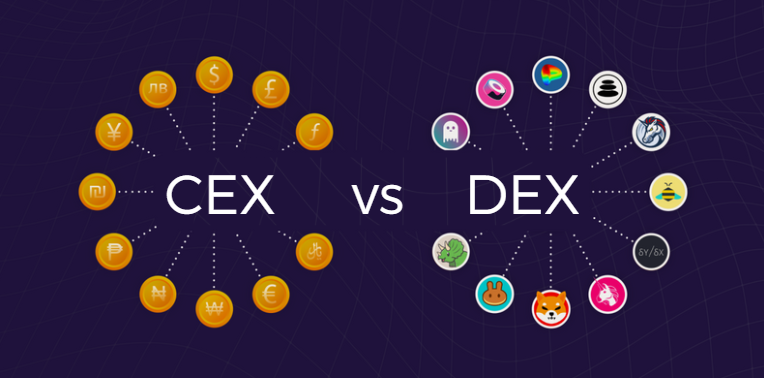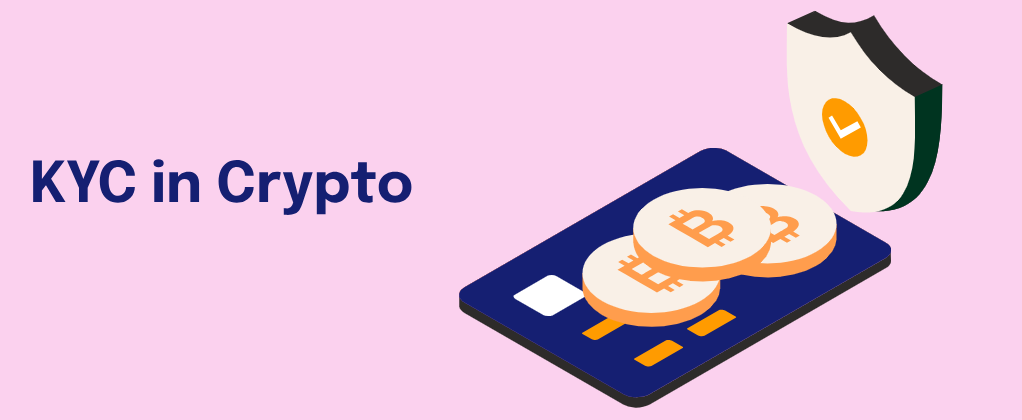What Are CEX and DEX?
Cryptocurrency exchanges are platforms where users can buy, sell, and trade digital assets. They are divided into two main categories:
Centralized Exchanges (CEX): Platforms operated by a company or entity that acts as an intermediary in transactions and holds users’ funds in custody. Examples include Binance and Coinbase.
Decentralized Exchanges (DEX): Platforms that allow users to trade directly with each other without intermediaries, using smart contracts on the blockchain. Examples include Uniswap and Balancer.
Both models have advantages and disadvantages regarding security, liquidity, user experience, and control.
Evolution of CEX and DEX
CEXs were the first cryptocurrency exchanges and have evolved significantly to provide a more user-friendly and efficient trading experience. Initially, they mirrored traditional financial markets, emphasizing security and ease of use. The first generation of CEXs, including platforms like Mt. Gox (2010-2014), dominated the market but suffered from major security breaches. The expansion phase (2015-2019) saw the rise of Binance, Coinbase, and Kraken, offering improved security and trading features. More recently (2020-2024), CEXs have increasingly aligned with regulatory frameworks, attracting institutional investors and enhancing transparency.
DEXs emerged as an alternative to centralized platforms, addressing concerns over security and control. The first generation (2016-2018) introduced peer-to-peer trading with platforms like EtherDelta, but these had poor usability and liquidity. The development of Automated Market Makers (2019-2021), led by Uniswap and Balancer, revolutionized the space with decentralized liquidity pools. Recent innovations (2022-2024) have focused on improving scalability, interoperability, and the integration of real-world assets (RWA) into decentralized trading environments.
Pros and Cons of CEX and DEX
Centralized Exchanges (CEX)
Pros:
- High liquidity and fast order execution
- User-friendly interfaces, ideal for beginners
- Greater regulatory compliance and user protection
Cons:
- Susceptible to hacks and internal fraud
- Requires trust in a third party to hold funds
- Accounts can be blocked or restricted due to regulations
Decentralized Exchanges (DEX)
Pros:
- No intermediaries, eliminating the risk of censorship or asset confiscation
- Greater privacy, as most DEXs do not require KYC
- Full transparency thanks to blockchain technology
Cons:
- Lower liquidity compared to CEXs, leading to price slippage
- More complex interfaces for inexperienced users
- Users are responsible for managing their own private keys and security
Examples of CEX and DEX
Top CEXs:
Binance: The largest exchange by trading volume, offering multiple financial products and regulatory compliance in various jurisdictions.
Coinbase: Focused on regulations and ease of use, widely adopted in the U.S.
Kraken: Provides advanced trading and regulated staking options.
Top DEXs:
Uniswap: A pioneer in the Automated Market Maker (AMM) model, enabling intermediary-free trading.
Balancer: Allows customizable liquidity pools.
Curve Finance: Specializes in stablecoin trading with minimal slippage.
Market Sentiment
The exchange landscape is continuously evolving, with a growing shift toward decentralization. However, regulatory challenges remain a significant barrier to widespread adoption. The collapse of FTX in 2022 led to increased concerns over centralized exchanges, boosting interest in DEXs as a safer alternative.
At the same time, governments worldwide are tightening regulations on CEXs, increasing institutional confidence but limiting access for some retail traders. Another key trend is the tokenization of real-world assets (RWA), with both CEXs and DEXs integrating traditional financial instruments like tokenized stocks and real estate into the crypto ecosystem. This shift could bridge the gap between traditional finance and blockchain-based markets.
Conclusion
CEXs and DEXs represent two distinct trading models, each catering to different types of users. CEXs offer greater liquidity, ease of use, and regulatory protection, while DEXs prioritize privacy, autonomy, and decentralization. The growing adoption of tokenized real-world assets is reshaping both types of exchanges, introducing new opportunities and challenges.
The future of crypto trading will likely involve a convergence of both models, balancing decentralization with regulatory compliance. As the market matures, hybrid solutions that combine the strengths of CEXs and DEXs may emerge, enhancing security, liquidity, and accessibility for a broader range of users.







